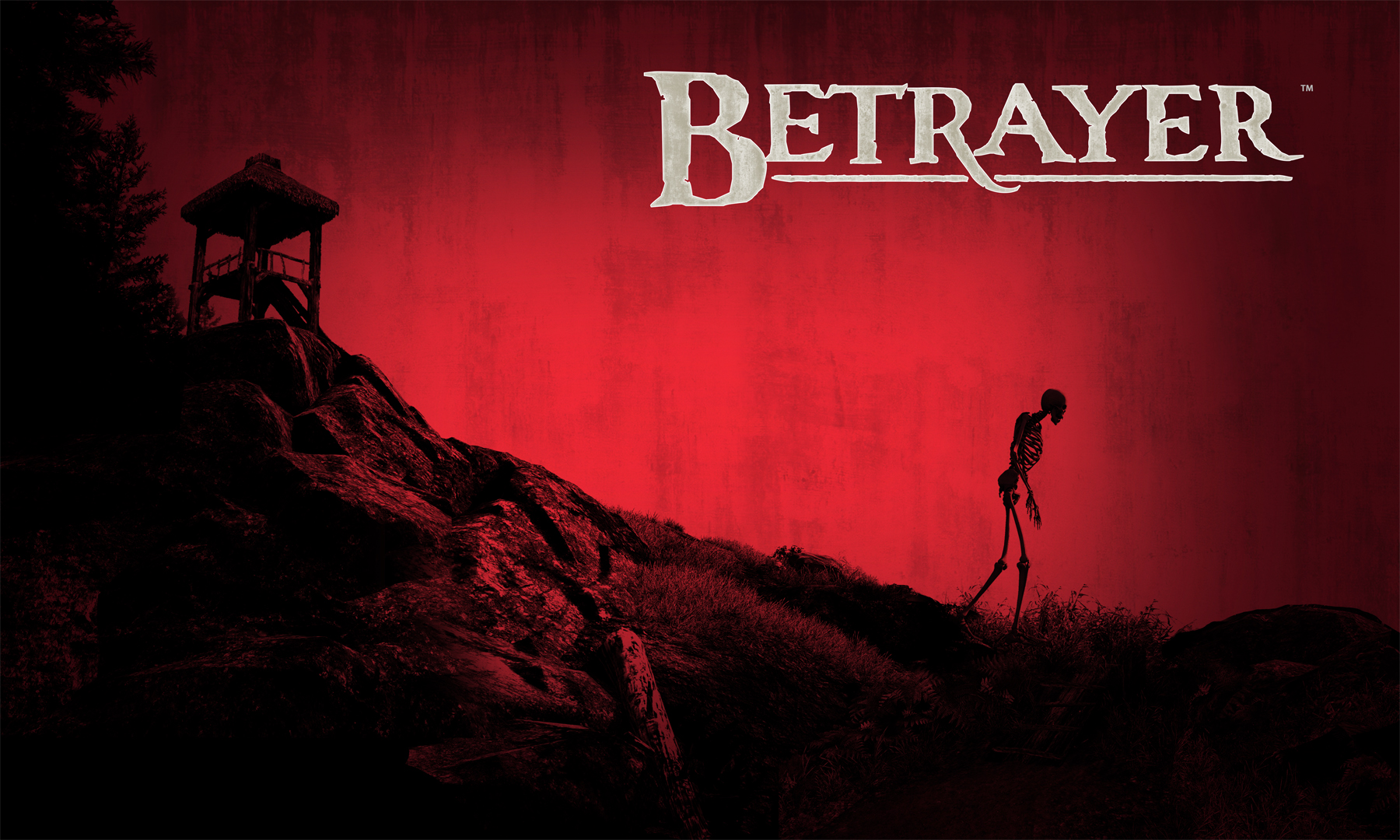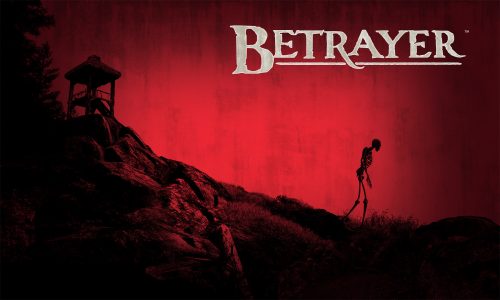
The year is 1604 and you find yourself washed ashore on a beach in Virginia with the ship that carried you from England wrecked in the sea behind you. The New World isn’t what you expected. The land is unusually quiet and, more importantly, devoid of human life. The colony you expect to arrive at has been abandoned, with only an eerie mystery hanging over the land. Oh, and hostile spirits.
This is Betrayer, a game crafted by Blackpowder Games, a team comprised of ex-Monolith developers whose notable work includes F.E.A.R., Condemned and The Operative: No One Lives Forever. Pulling from their previous experience in the first-person shooter and horror genres, Blackpowder Games is looking to craft a truly unique experience, both in terms of aesthetics and mechanics, with Betrayer. Have they succeeded in this venture or is Betrayer a mystery best left unsolved?
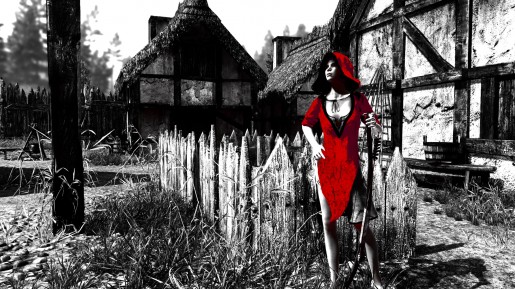
The striking art style is the first aspect of Betrayer that stuck out and grabbed my attention. The world is drained of color, leaving only black and white to fill in the heavily forested area. It’s a fitting compliment to the lack of life and barren nature of the land. Heavy red accents highlight important objects, NPCs and the hostile skeletons and possessed conquistadors, the latter of which only look more threatening with their blood red armor and surrounding haze. Things shift to a darker tone when entering the Otherworld, where the typical enemies are replaced with floating, ghastly skulls. If there’s one area that Betrayer truly excels, it’s in its presentation. Fortunately, that doesn’t just stop with the visuals.
Betrayer contains excellent audio work that really helps the lifeless New World come alive. Gusts of wind pass through the area, bending blades of grass and treetops, drowning out most sound. This is actually used to the player’s advantage as they are able to mask their movement and eliminate unsuspecting enemies stealthily. The colonial-era weaponry obtained throughout the game, specifically the pistol and muskets, fire off with a resonating bang that trails off into the dense forestry.
Given their historically-accurate slow reload times, you will probably find yourself more often hearing the metallic “ding” of your arrows and tomahawks coming into contact with conquistador armor. Sound actually plays a huge role in this game, thanks to the “Listen” mechanic. Locating the next objective is done by pressing the “Listen” button and following the audio cues. However, this proves to a fairly difficult task unless you have headphones on. Fortunately, an option for a visual indicator can be turned on for those who find themselves turned around too often trying to follow the sounds.
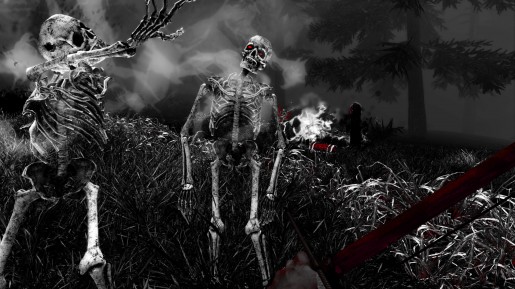
The story wrapped up in this artistic package is an intriguing one, filled to the brim with grim tales and mystery. Right in the beginning you come into contact with the Maiden in Red at the first fort, a place that acts as a central hub in each new area. You take on the role of a supernatural investigator as you slowly unravel the mystery behind the color-drained land, its once living inhabitants and much more. Finding out how it all wraps up may end up being the primary force driving you forward to finish the game. This is due to the fact that the game suffers greatly from repetitive mission design, poor enemy AI and confusing exploration.
Enemies start off powerful, leaving you to resort to more quiet, guerrilla tactics. The supernatural opposition can run faster than you, eliminating running away as an option in some cases, and can cut you down quickly if they charge you, which they do often. Succumbing to their arrows and blades will spawn you back at the fort, with your dead body still holding your equipment. In order to obtain it again you have to run back to the location where you died and loot your corpse, a feature seemingly inspired from Demon’s/Dark Souls. The beginning of the game led me to believe this tension is what I could expect. Then the balance of power shifted in my favor and groups of enemies, ones that would have frightened me to death in the beginning, were easily eliminated with a combination of my more damaging bow and tomahawk. Every encounter begins to devolve into the same, predictable approach and makes the experience feel more tedious than anything.
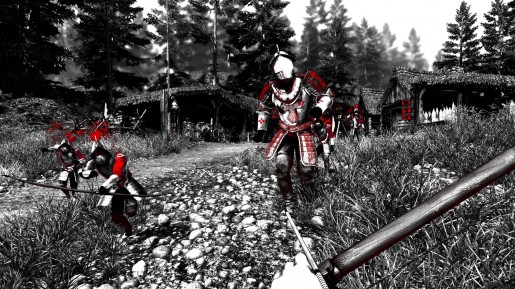
Tedious may be one of the best ways to describe the game following the strong intro. Missions don’t seem to break out of their fetch quest style, which is truly a shame. Without variety, you’ll run across the map for the same reasons just to hear a different story from a different ghost. The payoff hardly seems worth it. There are charms that can be used to augment gameplay, although marginally. Adding a few percent boost to movement speed or enemy’s ability to spot you never really feel like meaningful additions, which is why I never found myself using the charm system. It doesn’t help that AI inconsistencies negate any real value from some of these “enhancements”.
Betrayer has an excellent concept, but it fails in its execution. The repetitive nature of the game overshadows most gameplay features you might have found interesting. The art style and sound are top notch and the team should be recognized for this achievement. It’s a shame that the rest of the game could not achieve the same level of quality because Betrayer is a game that leaves you wondering what its full potential could have looked like. Originality is hard to find nowadays so, at the very least, Betrayer has us interested in how Blackpowder Games’ talent will manifest itself moving forward.

